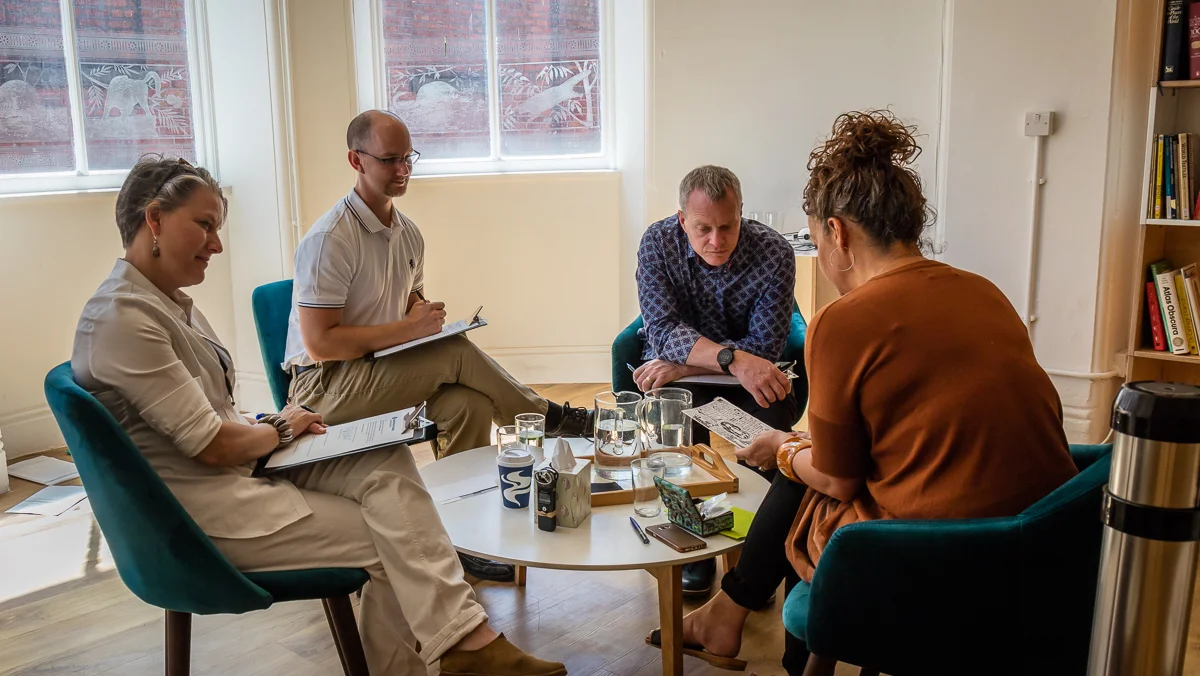Stories are maps, repositories of collected wisdom, ciphers and guides for making sense of the human journey. Whether archaic, prosaic, or postmodern, stories render the paths undertaken by all those who seek resolution and healing. I am the co-author, with my colleagues Jason McKeown and Brenda Cowan, of a book about object stories: their silence and clamor, their inertia and momentum, their patient or pressing presence in the lives of people. A museum is a repository of object stories, colliding and interweaving, carrying forward the embodied past, holding the hardscrabble present, shaping the possible future. Our book collects together many object stories, from museums, to record and share — but also to craft from them a larger narrative of the ways in objects help us heal. These diverse tales of objects, of their curious and potent power, contain many similarities and many shared moments of discovery. The map of healing is revealed by these moments, by the light they cast over a landscape of searching and wandering.
The companionship of stories, the crafting of new scenes and chapters, the collecting of hard-won wisdom: these are all aspects of the unfolding story of every human and of humanity itself. The small and often quotidian object stories in the book are fragments of an ever-evolving tale about what it means to grow, learn, and heal as a human. These stories embody that unfathomable narrative; they share its richness and warmth. They are whole and complete, yet also woven into the larger tales that connect us all. Endless interwoven stories.
Museums as Places of Healing
The book, entitled Museum Objects, Health and Healing: The Museum — Wellness Connection, is an interdisciplinary approach to the meaning and use of objects and to their particular role in health and wellbeing. Our team (Ross, Jason and Brenda) represent three distinct disciplines and domains — museum exhibition design, wilderness therapy, and clinical mental health — and the narrative therefore explores a wide landscape of scholarship and ideas. The book begins with a discussion of objects in daily life and ways of thinking about the meanings and purposes of objects. The narrative explores the scholastic literature and considers how museums approach the possible use of objects in initiatives focused on wellbeing.
Sections two and three describe the therapeutic use of objects in wilderness therapy, mental health practice, and education. These approaches formed the foundation for a new theory — Psychotherapeutic Object Dynamics — and these sections describe that process.
Section four outlines four case studies at museums: the National September 11 Memorial and Museum, the Derby Museums Trust, the War Childhood Museum, and the Museum at FIT. The case studies helped to refine the theory and explore its implications. These chapters include first-person, anonymized quotations from study participants describing their interactions with objects.
Section five examines the implications of this work: to museums and to others who seek to utilize objects in a therapeutic way. This section offers practical recommendations, reminders, and considerations for how to bridge clinical and ethical mental health practice with the evolving work of museums.
Buy on AmazonBuy from Routledge
